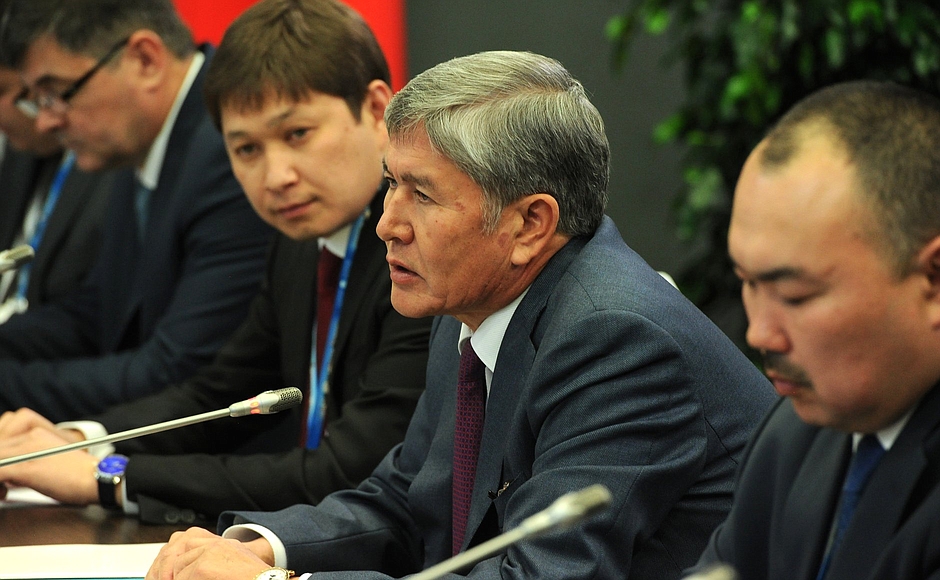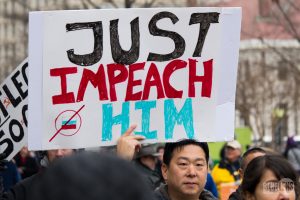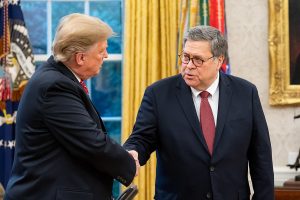by Joshua Kucera
The U.S.’s primary interests in Central Asia are making sure the region doesn’t become a terrorist sanctuary and protecting it from Russian influence, a senior State Department official has testified. The statement suggests a shift in Washington (rhetorically, at least) toward a Central Asia policy oriented toward security and away from political reforms and human rights.
U.S. official statements about Central Asia policy usually describe Washington’s interests as threefold: promoting political and economic reform, developing the region’s oil and gas resources, and improving security. The introduction to the testimony of Deputy Assistant Secretary of State for South and Central Asian Affairs Daniel Rosenblum at a congressional hearing last year was typical:
Since the fall of the Soviet Union nearly 25 years ago, the United States has supported the sovereignty, territorial integrity, and independence of the states of Central Asia, while also promoting the political and economic reforms that can ensure their long-term stability and prosperity. U.S. security is directly tied to a stable Central Asia. Central Asia’s energy resources and transport corridors can help drive regional and global economic growth in the decades to come. And some of Central Asia’s most serious challenges – such as transnational crime, terrorism, violent extremism, and climate change – affect our national interests as well, and require us to work closely together with them.
Speaking to the same committee last week, Rosenblum’s statement was noticeable for the emphasis on security above everything else. This year’s introduction:
The United States has two fundamental, long-term national security interests in Central Asia. The first one goes back decades, to the breakup of the Soviet Union, when, with strong bipartisan support from Congress, the United States set out to support the effort by the nations of Central Asia to establish independent, sovereign states, capable of pursuing their own policies and interests free from undue external interference or intimidation. The stability of those sovereign and independent nations is our second primary interest in the region: we seek to prevent violence and the emergence of conditions that could result in states becoming havens for terrorist groups hostile to the United States.
Similarly, human rights played prominently in last year’s statement: “We recognize that the Central Asian governments’ human rights records remain flawed, and that the pace of improvement is often slow and inconsistent. We continue to urge these states at the highest levels to address violations of their international human rights obligations,” Rosenblum said then. “These are not always easy conversations, but we know that our relationships will not reach their full potential without respect for human rights and fundamental freedoms among our partners. And, from our own experience, we know that long-term stability and national strength is best achieved by allowing the free and peaceful expression of political and religious views.”
There was no such language in this year’s statement, which mentioned human rights primarily in the context of U.S. military aid. “The depth and breadth of our security assistance for some of the states of Central Asia is limited by their human rights records, and we repeatedly make the point – especially at the highest levels – that a stronger partnership with the United States is predicated upon the substantial improvement of those records,” Rosenblum testified. “We believe that stronger protections for human rights will make the countries of Central Asia safer and more secure and, by extension, make the United States safer and more secure.”
Rosenblum also highlighted increases in State Department aid for all five Central Asian republics. The proposed aid budget for fiscal year 2017 is $51.8 million for Kyrgyzstan, a 39 percent increase from last year; $41.6 million for Tajikistan (a 44 percent increase); $11.6 million for Uzbekistan (a nine percent increase); $8.8 million for Kazakhstan (a five percent increase); and $4.8 million for Turkmenistan (a 43 percent increase).
The aid seems to be most heavily focused on job creation and good governance. In Kyrgyzstan, which can claim to be relatively democratic, the State Department is directed toward those democratic institutions: U.S. aid “will strengthen our support for the country’s nascent democratic institutions. In particular, we are focusing on building the government’s capacity in oversight, management, and legislative drafting,” Rosenblum said. “Our FY 2017 request also includes increased funding to help Kyrgyzstan diversify its economy and strengthen its private sector, thereby reducing its reliance on remittances from migrant workers. Kyrgyzstan is at a critical point in its reform process, and the right investments made now in government accountability and service delivery could help it unlock much-needed growth in the future.”
In Tajikistan, there wasn’t even an attempt to suggest that the U.S. would try to promote democracy. “Our FY 2017 request … will help the government and the private sector address growing shortages in areas of basic need, including food, education, and healthcare,” Rosenblum said. “In addition, our resources will go toward improving Tajikistan’s state institutions, as a more effective, accountable, and transparent government can better protect public safety and respond to crises. What’s more, improved government capacity, a better business environment, a more vibrant private-sector, and the opportunity for skills development will allow more Tajiks to find work in their own country, where they are less vulnerable to recruitment and radicalization by violent extremists. Our resources will also go toward enhancing the capacity and professionalism of Tajikistan’s military, law enforcement, and border security forces.”
There are a number of ways to interpret this. One, this could be a purely rhetorical shift. The State Department recognizes that most members of Congress are not — to be generous — experts on Central Asia. And it’s just good politics to frame the policies, whatever they are, in terms of things they can understand, like Russia and ISIS. In the absence of more details about the proposed aid programs, it’s hard to tell how much of a real shift there is.
In addition, could be in part a recognition that the promotion of democracy and human rights in Central Asia just hasn’t worked (and arguably has never been as high a priority as U.S. rhetoric made it out to be). And at this point the only thing democracy promotion achieves is to irritate Central Asian officials.
But if we take this at face value, it looks like the pendulum of U.S. policy in Central Asia is swinging back in favor of a securitized approach. While the Afghanistan war was still going strong, U.S. policy toward Central Asia tended to be subordinated to the Afghan war effort. When that war began to wind down, there were some suggestions in 2014 by U.S. officials that Afghanistan had unbalanced U.S. policy too far in favor of security and that Washington would start to correct that. Since then, though, there has been again a noticeable focus on security: the U.S. donated over 300 armored vehicles to Uzbekistan and instituted a substantial new military aid program for Tajikistan. This new statement would seem to confirm that the U.S. is once again prioritizing security in Central Asia.
Reprinted, with permission, from EurasiaNet. Photo: Kyrgyz President Almazbek Atambayev.






Washington is determined, come hell or high water, to interfere with China’s huge economic development plans for Asia. When is Eurasia gonna get some backbone and tell the US to take a hike.